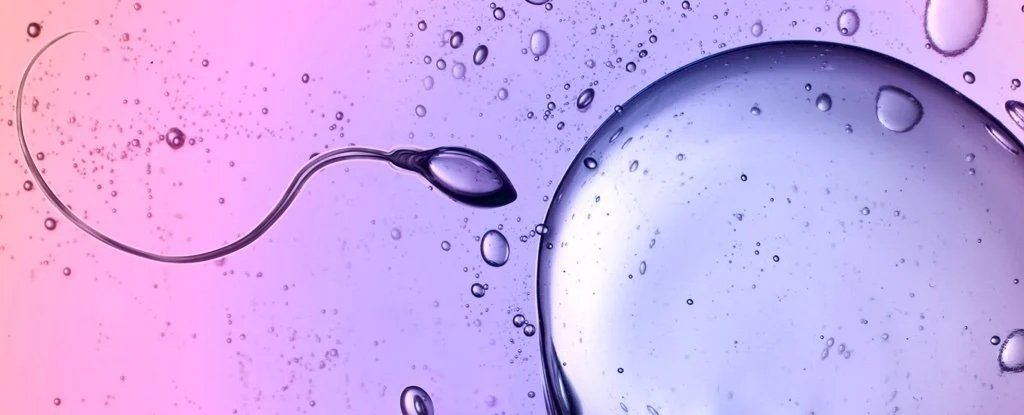A new study has revealed that human sperm and single-celled algae defy Newton’s third law of motion with their whip-like tails. Researchers at Kyoto University, led by Kenta Ishimoto, sought to understand how these tiny organisms move through viscous fluids that should impede their progress.
Newton’s laws of motion, developed in 1686, explain the relationship between physical objects and the forces acting upon them. However, microscopic cells like sperm and algae operate in chaotic systems that do not adhere to the symmetries described by these laws. These systems, known as non-reciprocal interactions, can be found in various natural phenomena, including flocking birds, particles in fluids, and swimming sperm.
In these interactions, the motile agents exhibit asymmetric behavior with their surroundings, allowing them to bypass Newton’s third law. In the case of sperm and birds, their ability to generate their own energy pushes their systems far from equilibrium, leading to unique dynamics.
Ishimoto and his team analyzed experimental data on human sperm and modeled the motion of green algae known as Chlamydomonas. Both organisms use flexible flagella to propel themselves forward. Despite the high viscosity of fluids, the elastic flagella enable these cells to move without experiencing significant resistance.
The researchers discovered that sperm tails and algal flagella possess an unusual elasticity that allows them to maintain their energy while navigating through fluid. However, this elastic property alone did not fully explain their propulsion. Through their modeling studies, the scientists introduced a new term called “odd elastic modulus” to describe the internal mechanics of flagella.
“We studied the odd-bending modulus to decipher the nonlocal, nonreciprocal inner interactions within the material, ranging from solvable simple models to biological flagellar waveforms for Chlamydomonas and sperm cells,” the researchers concluded.
These findings could have implications for the design of self-assembling robots that mimic living materials. Additionally, the modeling methods developed in this study could contribute to a better understanding of collective behavior principles.
The study, published in PRX Life, expands our knowledge of the complex mechanics behind sperm and algae propulsion.


